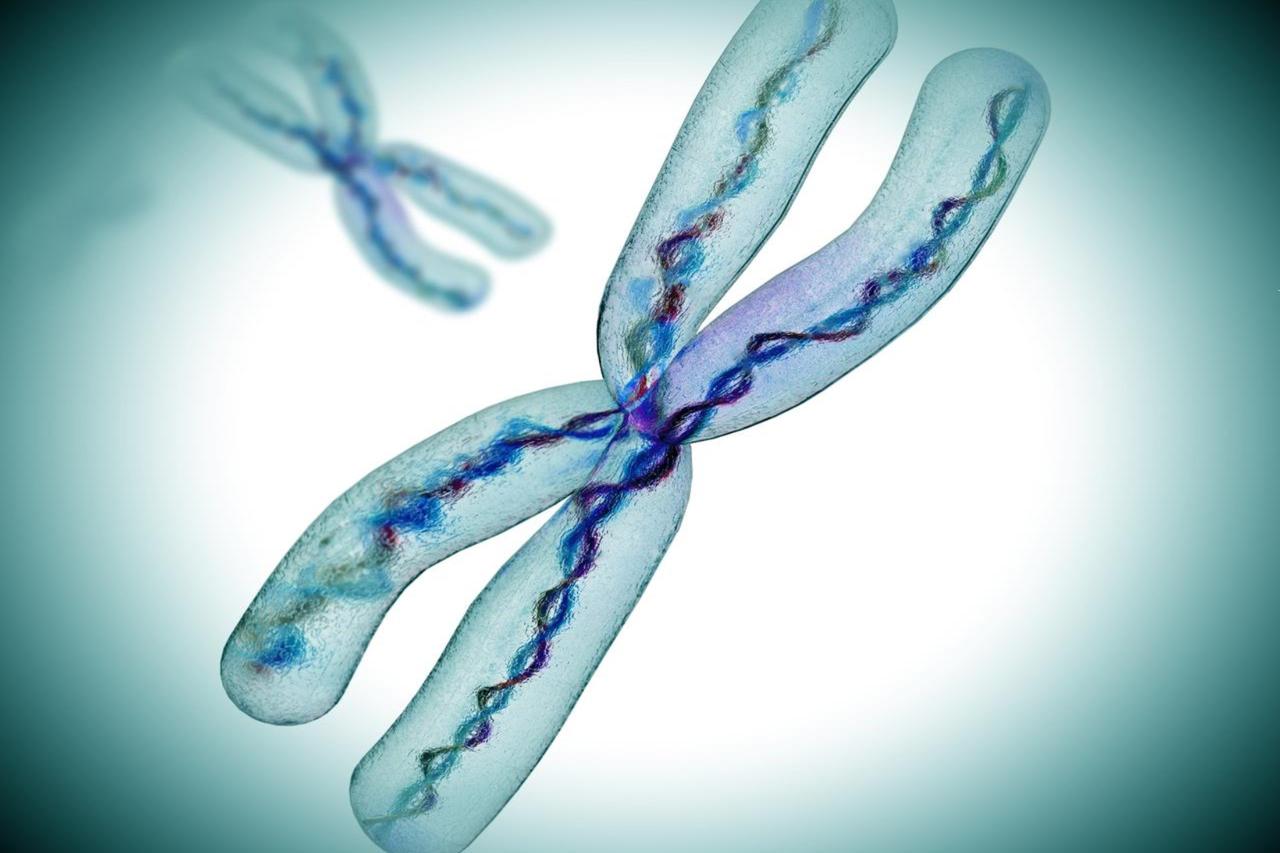
A multinational research team has developed a forensic tool that can estimate a person's age from DNA samples with unprecedented precision, potentially transforming criminal investigations across Europe and beyond.
The technology, created through the VISAGE project—Visible Attributes through Genomics—can determine age within a margin of error of three years or less. The consortium brought together scientists from more than a dozen institutions across Europe, including Poland's Jagiellonian University and the Central Forensic Laboratory of the Police in Warsaw.
The breakthrough addresses a critical gap in forensic science. While investigators have used similar DNA-based age prediction methods since 2011, those techniques often fail when biological evidence is compromised.
"The project aimed to develop methods that would allow it to predict various human characteristics with high accuracy, such as appearance, biogeographical origin and age based on DNA," said Dr. Ewelina Pospiech, a professor at Poland's Pomeranian Medical University who participated in the research during her tenure at Jagiellonian University.
The tool works by analyzing DNA methylation, a natural chemical process where methyl compounds attach to DNA strands and modify gene activity. This process shifts predictably as people age, creating what scientists describe as a biological clock.
Previous methods struggled with the degraded or limited samples commonly found at crime scenes. The VISAGE team overcame this obstacle through enhanced laboratory techniques and advanced software analysis, producing what Pospiech called a "more precise model."
The improved accuracy could significantly narrow suspect pools in criminal cases. "The more precisely the age of the person from whom the sample originates can be determined, the more the pool of suspects is narrowed," Pospiech told Polish state news agency PAP.
Pospiech described the project as a "major success for Poland," according to broadcaster TVP World. "The tool it generated is currently being tested and validated worldwide. This is truly a significant achievement," she said.
The technology is now undergoing testing and validation by forensic laboratories internationally.